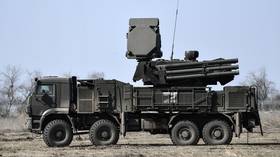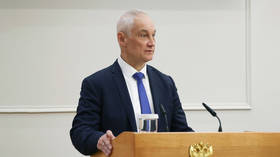Russia faces $23 billion bill for rail expansion in remote Asian regions

Russian Railways (RZD) has unveiled the cost of a planned expansion of the country’s key freight transport corridors, BAM (the Baikal Amur Mainline) and TransSib (the Trans-Siberian railroad).
According to a report by business daily Kommersant on Monday citing internal RZD documents, the project will cost roughly 2.2 trillion rubles ($23.6 billion). The company plans to boost the freight capacity of the arteries from the current 197 million tons to 255 million tons.
The expansion plans include the construction of railroad tracks, tunnels, and a bridge across the Amur River.
The ambitious project to develop the transport corridors that link Europe and Asia through Siberia falls in line with Russia’s ‘pivot to the East’ policy and is expected to help further boost trade between the country and its Asian partners.
Experts, however, warn about the risks of overspending. According to the head of Infoline-Analytics, Mikhail Burmistrov, it is difficult to adequately assess whether the transport corridors need such extensive development due to ongoing construction, which disturbs shipping and creates unloading bottlenecks.
“It is advisable to wait until… the carrying capacity is updated, which is now much worse than it should be, and then amend the development plans. Some capital-intensive projects… have alternatives that are significantly less expensive,” he told the news outlet, noting that other transport corridors may also go online in the nearest future, which could reduce the need for some of the development plans.
For more stories on economy & finance visit RT's business section












